Everything you need to know about mineral makeup
Mineral makeup is, in my opinion, one of the best organic makeup options because it's hypoallergenic, non-comedogenic, made entirely from natural ingredients, and offers natural UV protection. But be careful: not all mineral makeup on the market is created equal!
Mineral makeup is made with powders derived from natural minerals, such as zinc, mica, kaolin, titanium, and iron. Unfortunately, the popularity of this product has prompted industry giants to jump on board and add other ingredients to the formulation, such as preservatives, fragrances, binders, and other toxic substances. By definition, mineral makeup is loose powder, so a liquid foundation, pressed powder, or lip gloss must contain non-mineral ingredients to achieve a liquid or pressed texture. This doesn't mean the product is bad, however.
In fact, the primary benefit of a mineral product is its hypoallergenic properties, because bacteria cannot survive in a 100% mineral environment. So you can safely dip your brush into the powder hundreds of times. But if the product contains other ingredients, the bacteria will attack them and spread throughout the formula, and then onto your skin. Hello pimples, redness, and skin problems!
Mineral makeup is also non-comedogenic, which means it won't clog pores and therefore cause unsightly pimples and blackheads... Again, this is as long as the product contains only minerals, as it's the other ingredients (talcs and oils) that clog pores.
If you look at the list of active ingredients in a sunscreen, chances are you'll see the words "zinc oxide" and "titanium dioxide." These two minerals are great natural sunscreens that block UV rays by forming a physical barrier to reflect the sun's rays. Mineral makeup therefore provides us with natural sun protection... which, however, isn't enough when we spend a lot of time in the sun. It's best to apply sunscreen on top of that!
Do you use mineral makeup? Is it 100% mineral?
Photo credit: Mariphotographie

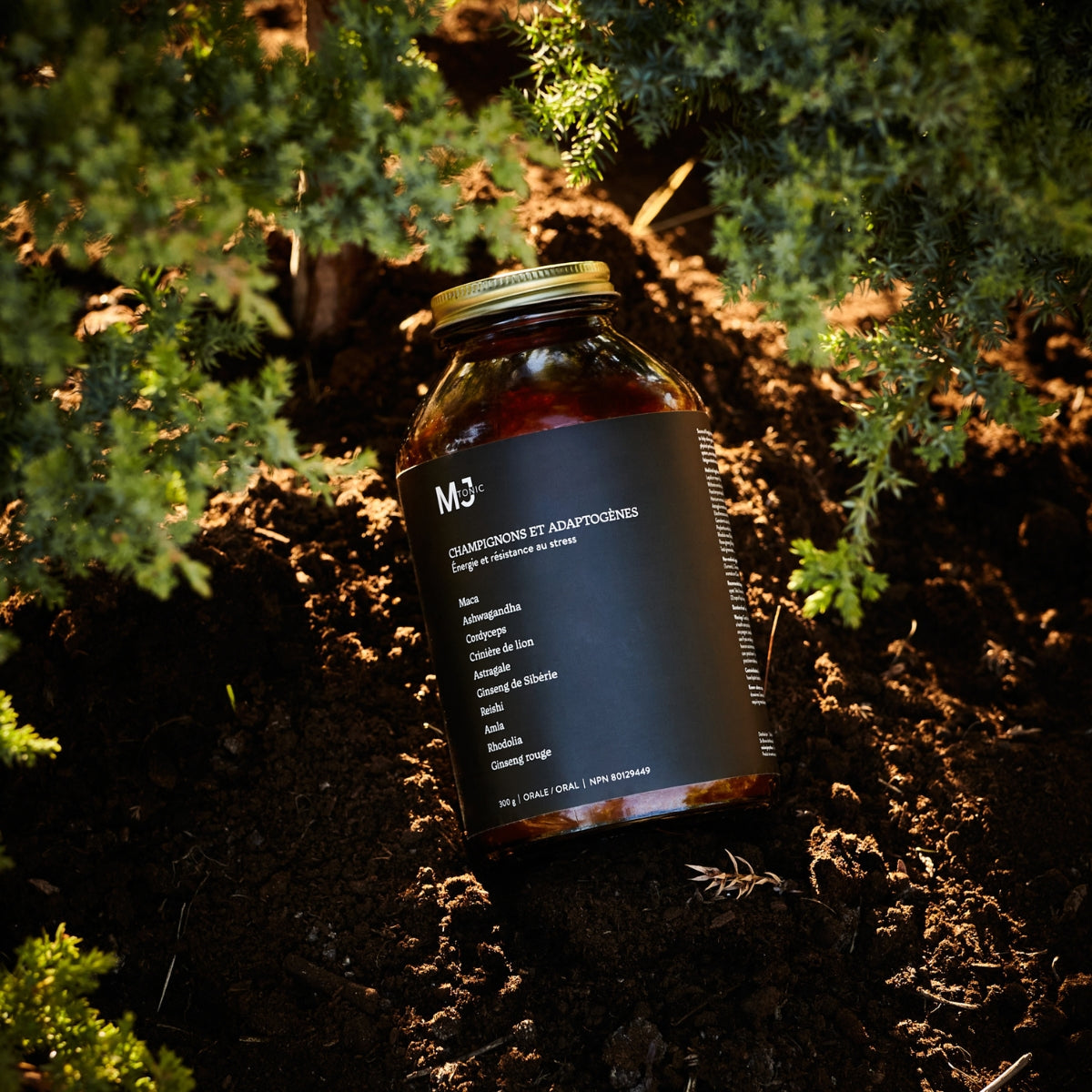


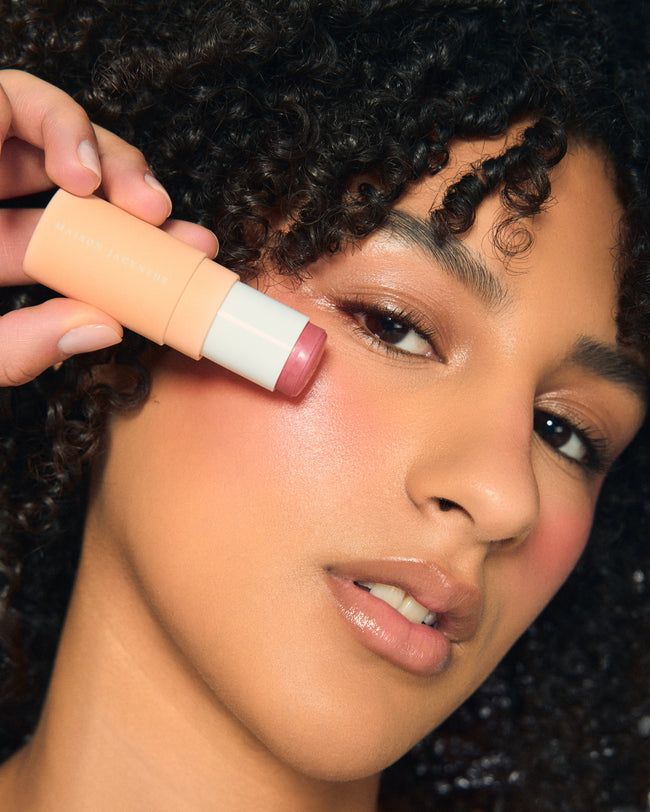

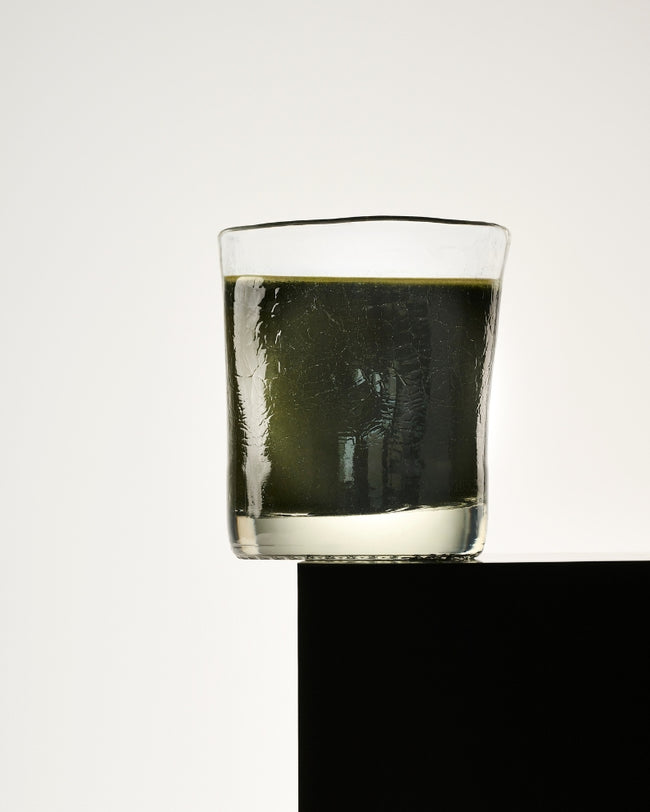

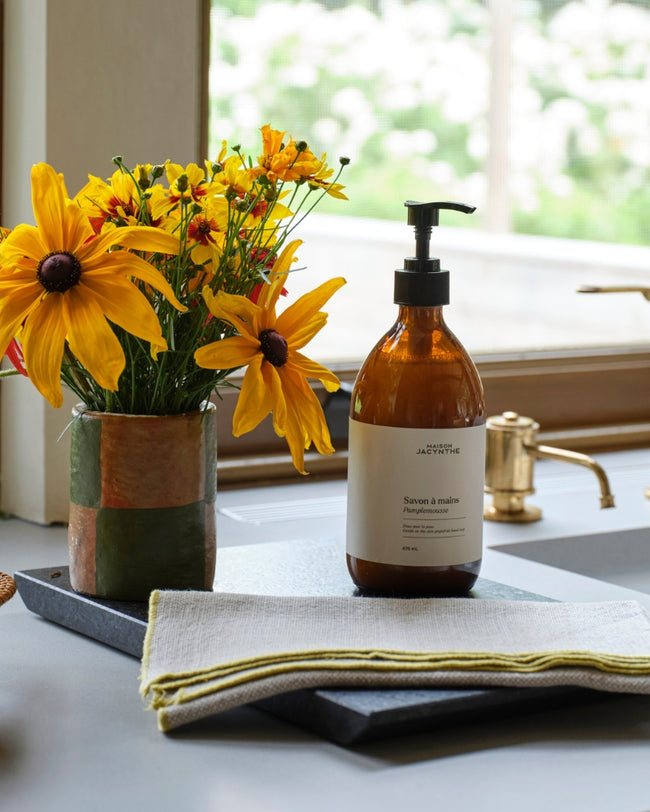



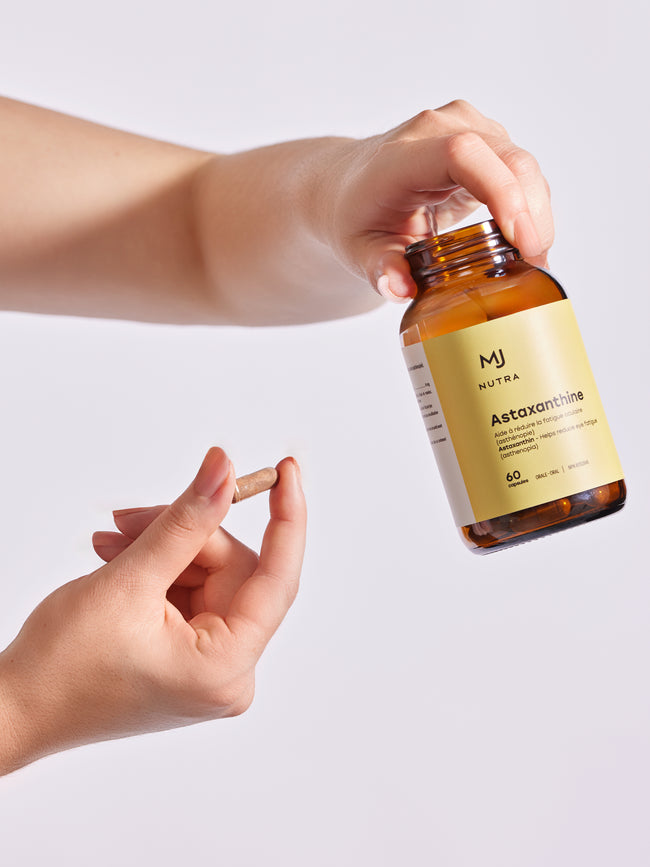

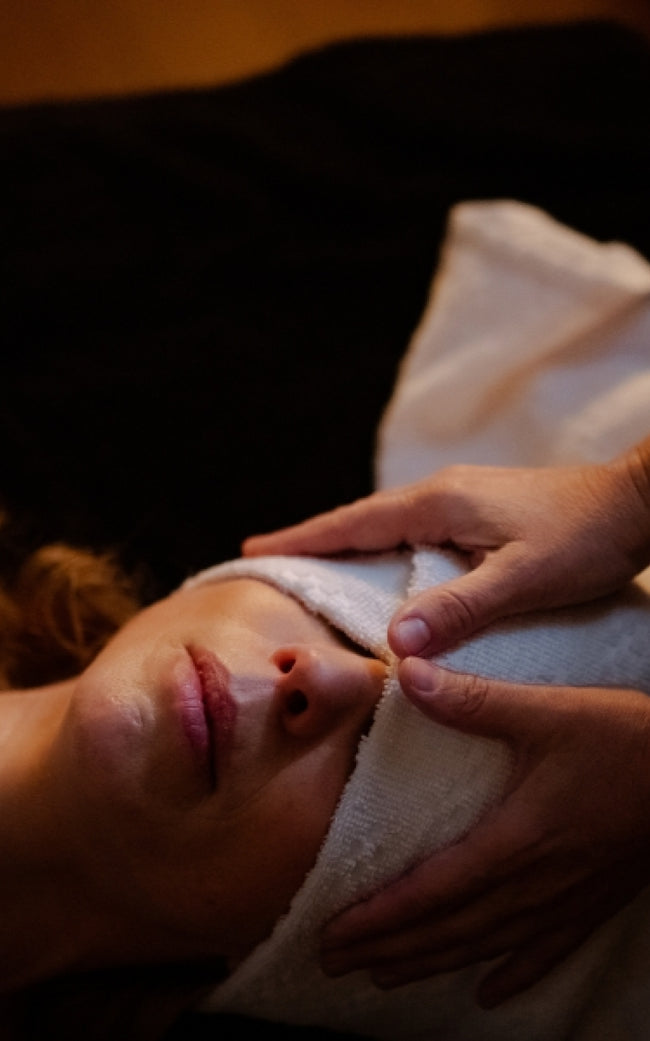
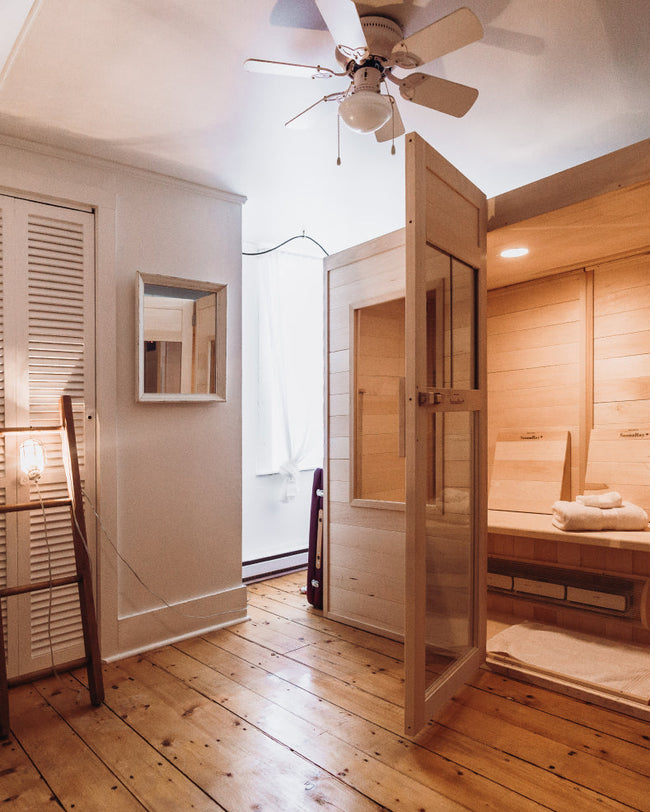




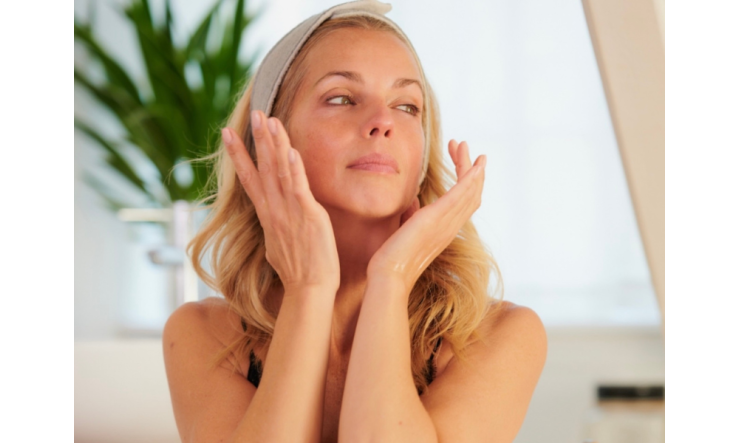

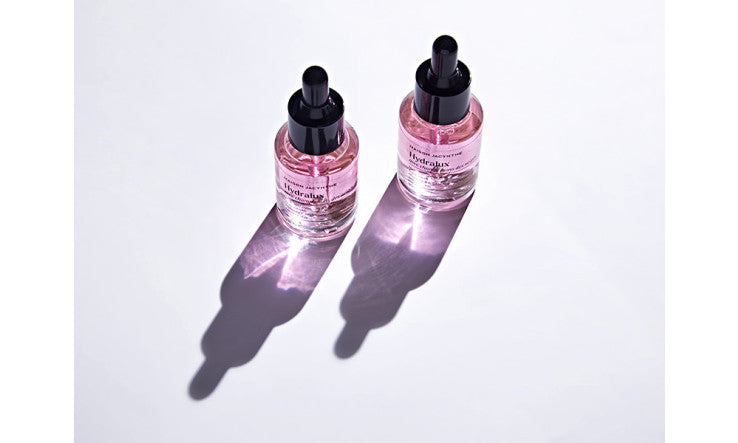

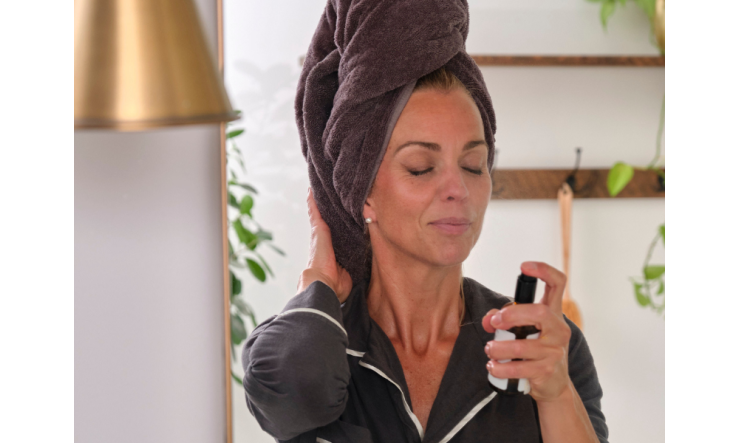

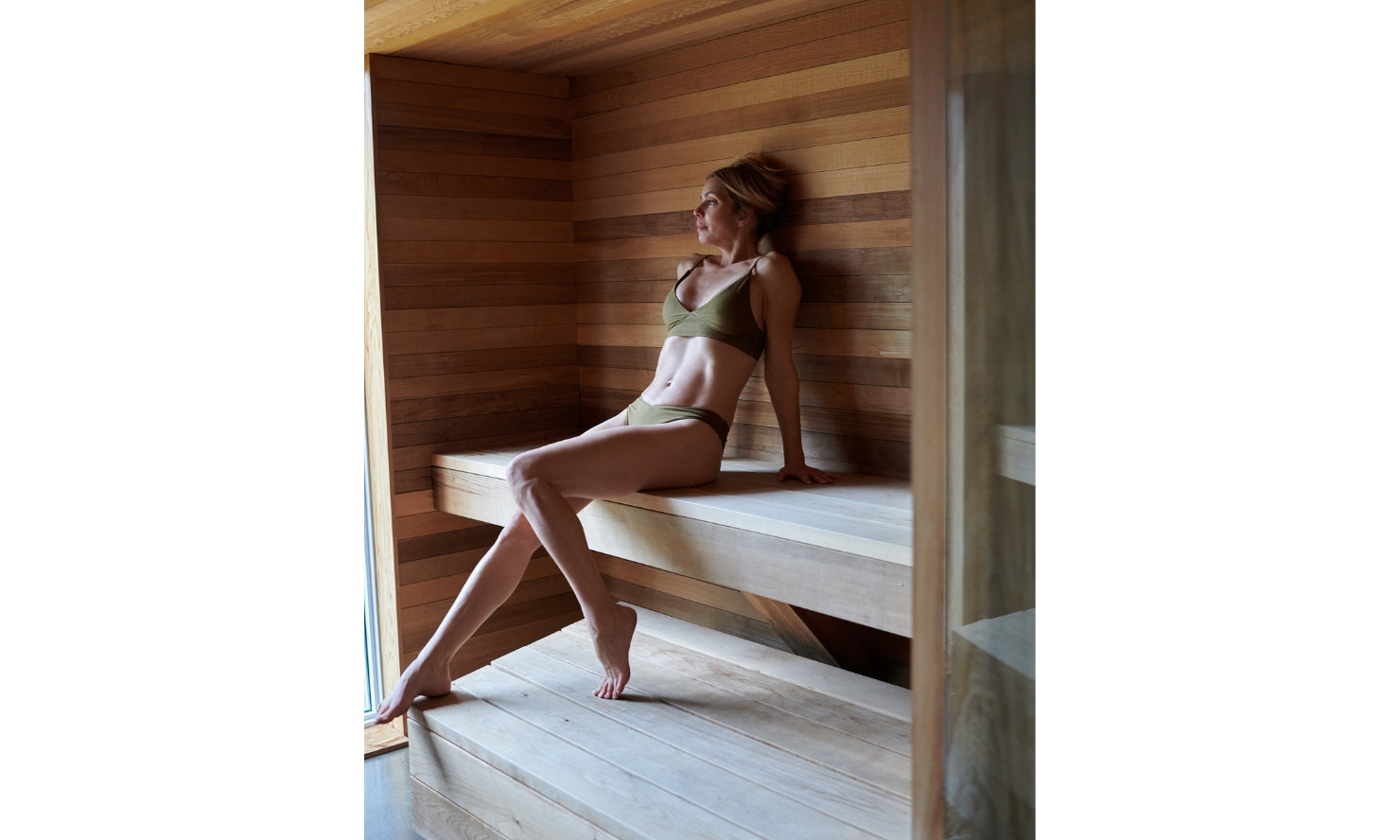







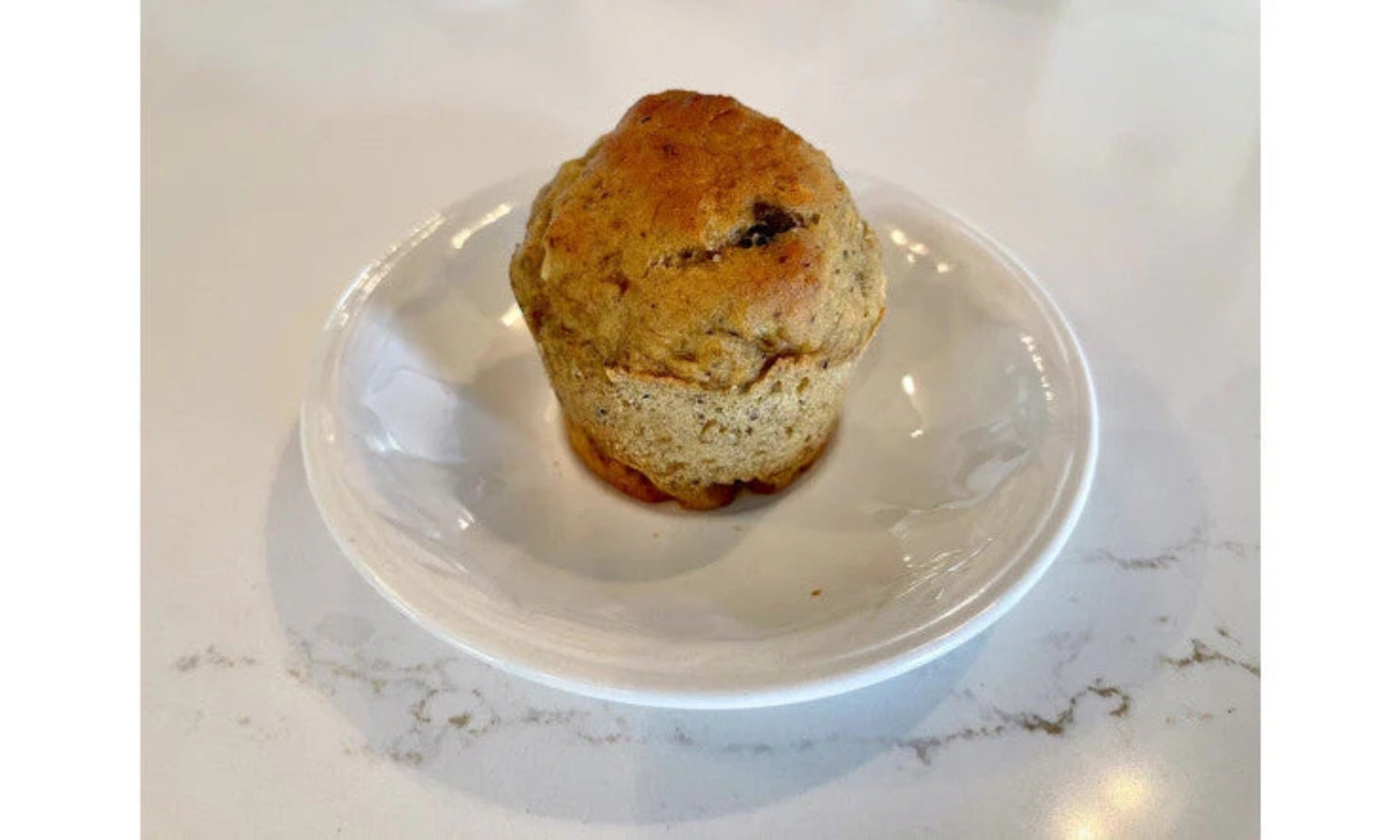
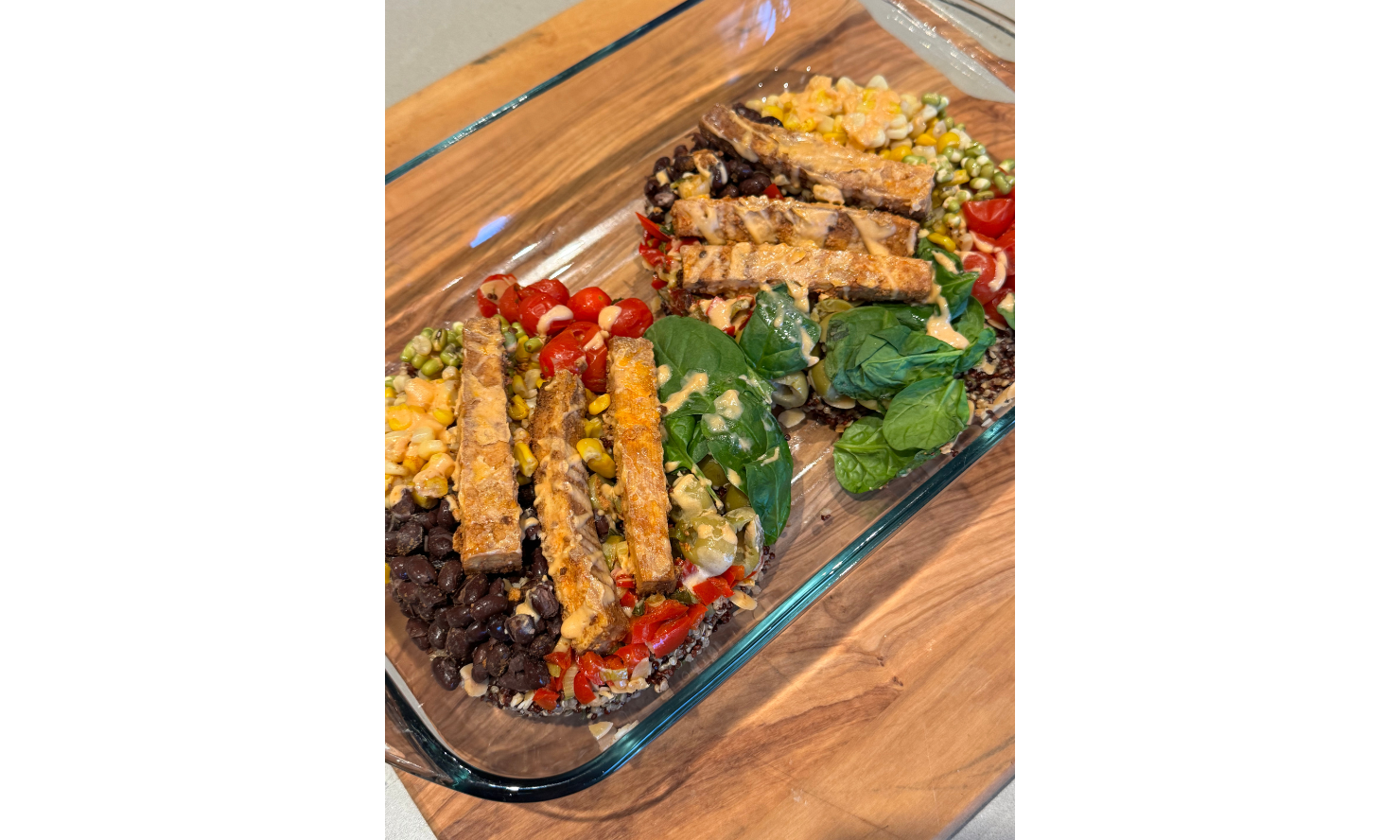
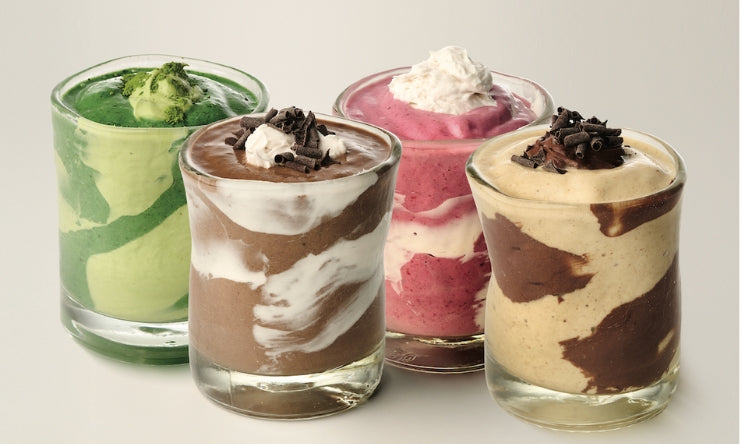
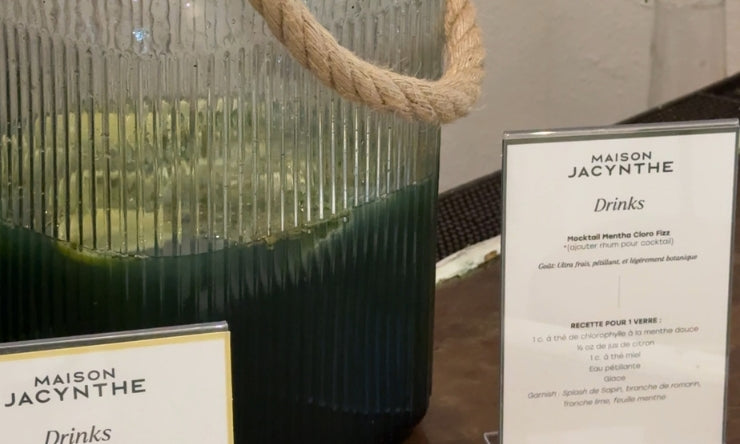



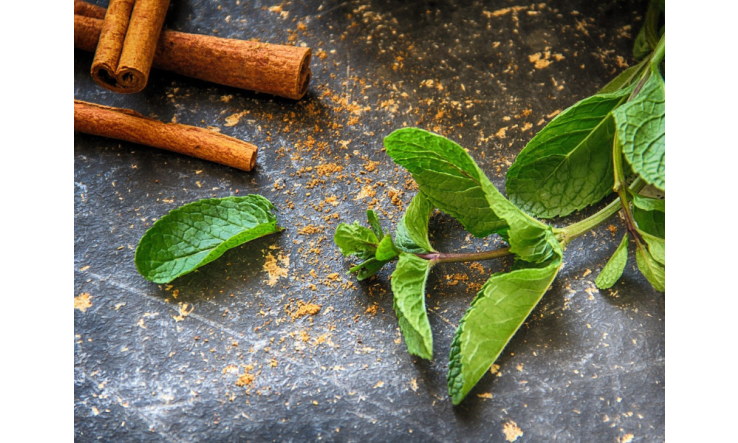



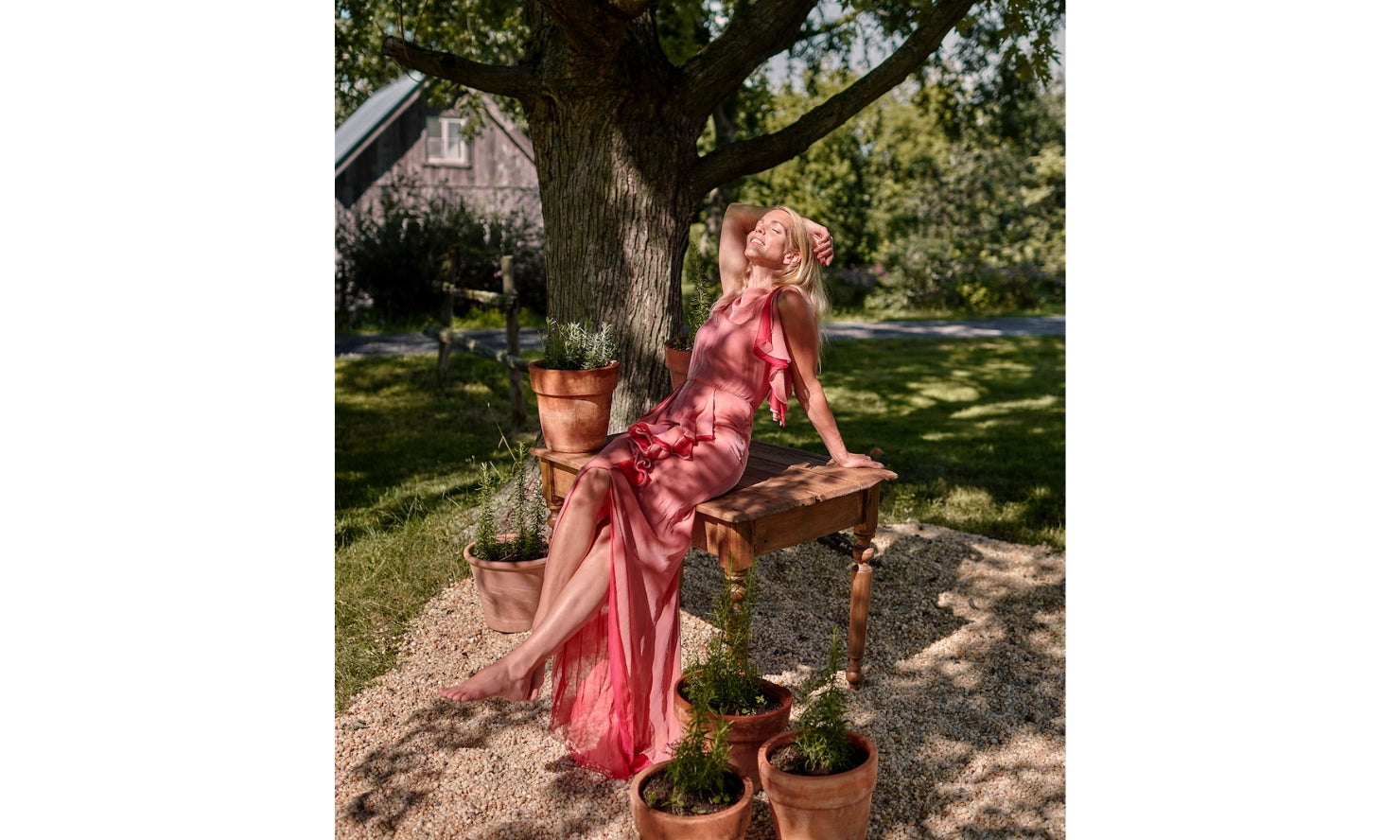


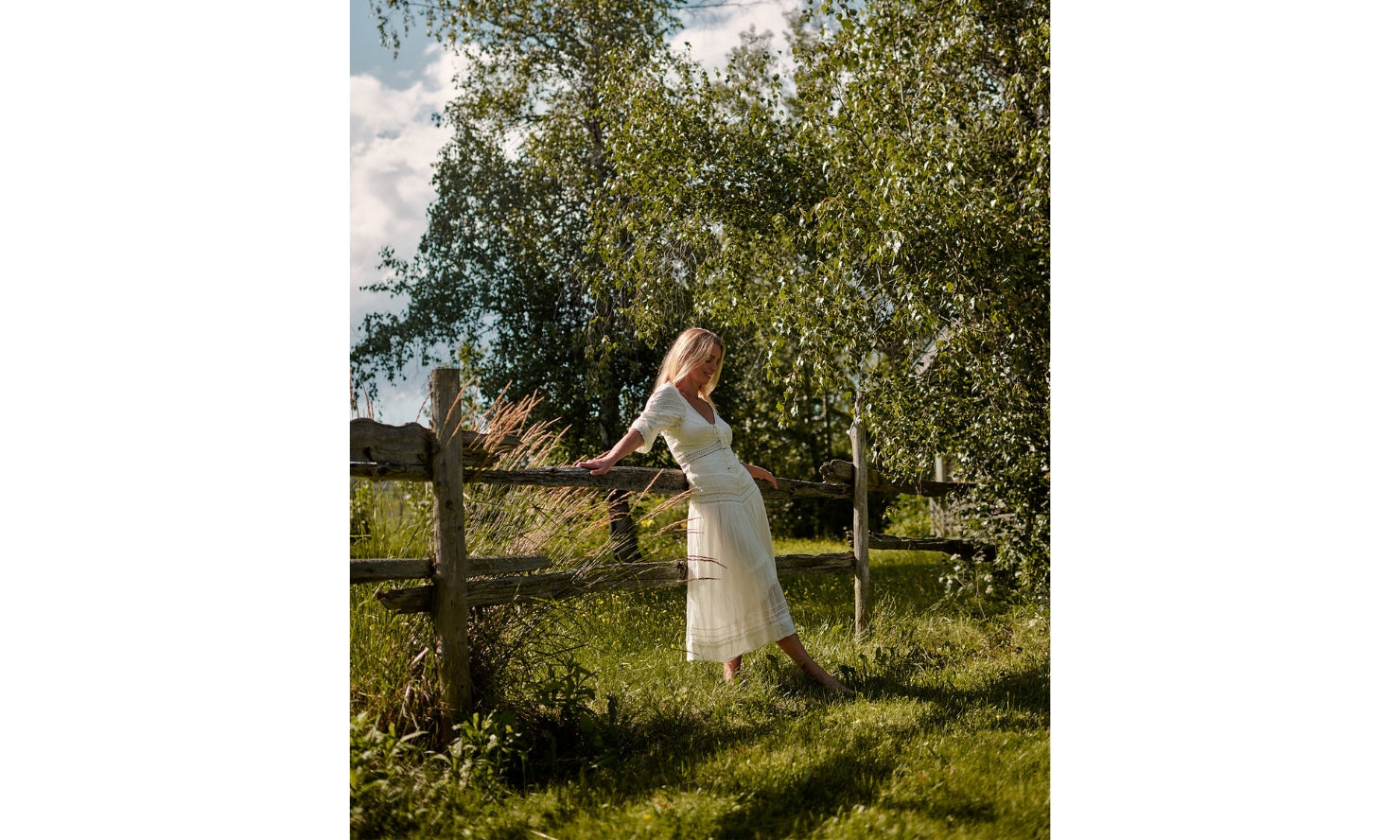

















Leave a comment